HSBC 2011 Annual Report Download - page 108
Download and view the complete annual report
Please find page 108 of the 2011 HSBC annual report below. You can navigate through the pages in the report by either clicking on the pages listed below, or by using the keyword search tool below to find specific information within the annual report.-
 1
1 -
 2
2 -
 3
3 -
 4
4 -
 5
5 -
 6
6 -
 7
7 -
 8
8 -
 9
9 -
 10
10 -
 11
11 -
 12
12 -
 13
13 -
 14
14 -
 15
15 -
 16
16 -
 17
17 -
 18
18 -
 19
19 -
 20
20 -
 21
21 -
 22
22 -
 23
23 -
 24
24 -
 25
25 -
 26
26 -
 27
27 -
 28
28 -
 29
29 -
 30
30 -
 31
31 -
 32
32 -
 33
33 -
 34
34 -
 35
35 -
 36
36 -
 37
37 -
 38
38 -
 39
39 -
 40
40 -
 41
41 -
 42
42 -
 43
43 -
 44
44 -
 45
45 -
 46
46 -
 47
47 -
 48
48 -
 49
49 -
 50
50 -
 51
51 -
 52
52 -
 53
53 -
 54
54 -
 55
55 -
 56
56 -
 57
57 -
 58
58 -
 59
59 -
 60
60 -
 61
61 -
 62
62 -
 63
63 -
 64
64 -
 65
65 -
 66
66 -
 67
67 -
 68
68 -
 69
69 -
 70
70 -
 71
71 -
 72
72 -
 73
73 -
 74
74 -
 75
75 -
 76
76 -
 77
77 -
 78
78 -
 79
79 -
 80
80 -
 81
81 -
 82
82 -
 83
83 -
 84
84 -
 85
85 -
 86
86 -
 87
87 -
 88
88 -
 89
89 -
 90
90 -
 91
91 -
 92
92 -
 93
93 -
 94
94 -
 95
95 -
 96
96 -
 97
97 -
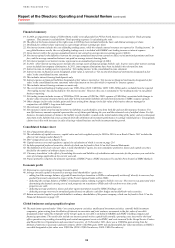 98
98 -
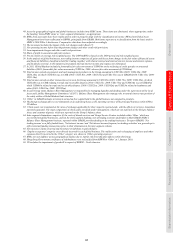 99
99 -
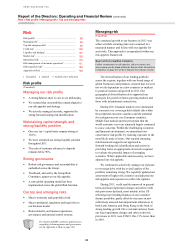 100
100 -
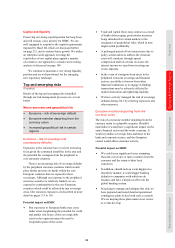 101
101 -
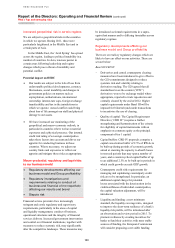 102
102 -
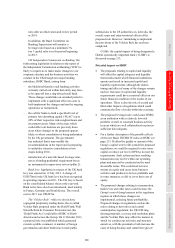 103
103 -
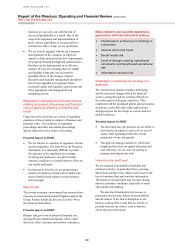 104
104 -
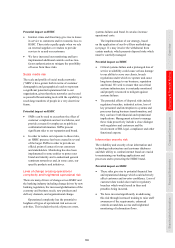 105
105 -
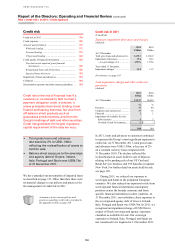 106
106 -
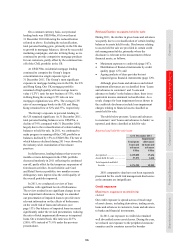 107
107 -
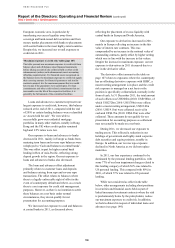 108
108 -
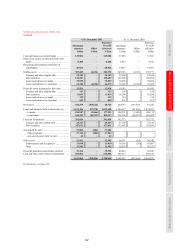 109
109 -
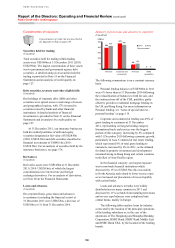 110
110 -
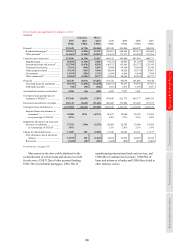 111
111 -
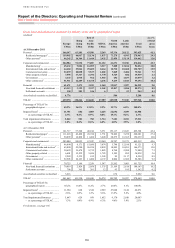 112
112 -
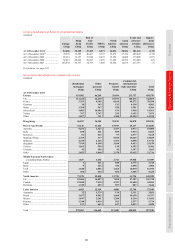 113
113 -
 114
114 -
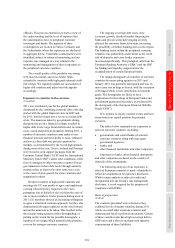 115
115 -
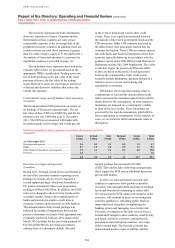 116
116 -
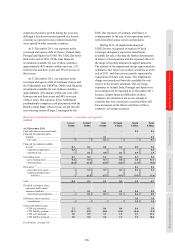 117
117 -
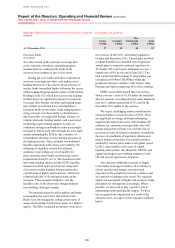 118
118 -
 119
119 -
 120
120 -
 121
121 -
 122
122 -
 123
123 -
 124
124 -
 125
125 -
 126
126 -
 127
127 -
 128
128 -
 129
129 -
 130
130 -
 131
131 -
 132
132 -
 133
133 -
 134
134 -
 135
135 -
 136
136 -
 137
137 -
 138
138 -
 139
139 -
 140
140 -
 141
141 -
 142
142 -
 143
143 -
 144
144 -
 145
145 -
 146
146 -
 147
147 -
 148
148 -
 149
149 -
 150
150 -
 151
151 -
 152
152 -
 153
153 -
 154
154 -
 155
155 -
 156
156 -
 157
157 -
 158
158 -
 159
159 -
 160
160 -
 161
161 -
 162
162 -
 163
163 -
 164
164 -
 165
165 -
 166
166 -
 167
167 -
 168
168 -
 169
169 -
 170
170 -
 171
171 -
 172
172 -
 173
173 -
 174
174 -
 175
175 -
 176
176 -
 177
177 -
 178
178 -
 179
179 -
 180
180 -
 181
181 -
 182
182 -
 183
183 -
 184
184 -
 185
185 -
 186
186 -
 187
187 -
 188
188 -
 189
189 -
 190
190 -
 191
191 -
 192
192 -
 193
193 -
 194
194 -
 195
195 -
 196
196 -
 197
197 -
 198
198 -
 199
199 -
 200
200 -
 201
201 -
 202
202 -
 203
203 -
 204
204 -
 205
205 -
 206
206 -
 207
207 -
 208
208 -
 209
209 -
 210
210 -
 211
211 -
 212
212 -
 213
213 -
 214
214 -
 215
215 -
 216
216 -
 217
217 -
 218
218 -
 219
219 -
 220
220 -
 221
221 -
 222
222 -
 223
223 -
 224
224 -
 225
225 -
 226
226 -
 227
227 -
 228
228 -
 229
229 -
 230
230 -
 231
231 -
 232
232 -
 233
233 -
 234
234 -
 235
235 -
 236
236 -
 237
237 -
 238
238 -
 239
239 -
 240
240 -
 241
241 -
 242
242 -
 243
243 -
 244
244 -
 245
245 -
 246
246 -
 247
247 -
 248
248 -
 249
249 -
 250
250 -
 251
251 -
 252
252 -
 253
253 -
 254
254 -
 255
255 -
 256
256 -
 257
257 -
 258
258 -
 259
259 -
 260
260 -
 261
261 -
 262
262 -
 263
263 -
 264
264 -
 265
265 -
 266
266 -
 267
267 -
 268
268 -
 269
269 -
 270
270 -
 271
271 -
 272
272 -
 273
273 -
 274
274 -
 275
275 -
 276
276 -
 277
277 -
 278
278 -
 279
279 -
 280
280 -
 281
281 -
 282
282 -
 283
283 -
 284
284 -
 285
285 -
 286
286 -
 287
287 -
 288
288 -
 289
289 -
 290
290 -
 291
291 -
 292
292 -
 293
293 -
 294
294 -
 295
295 -
 296
296 -
 297
297 -
 298
298 -
 299
299 -
 300
300 -
 301
301 -
 302
302 -
 303
303 -
 304
304 -
 305
305 -
 306
306 -
 307
307 -
 308
308 -
 309
309 -
 310
310 -
 311
311 -
 312
312 -
 313
313 -
 314
314 -
 315
315 -
 316
316 -
 317
317 -
 318
318 -
 319
319 -
 320
320 -
 321
321 -
 322
322 -
 323
323 -
 324
324 -
 325
325 -
 326
326 -
 327
327 -
 328
328 -
 329
329 -
 330
330 -
 331
331 -
 332
332 -
 333
333 -
 334
334 -
 335
335 -
 336
336 -
 337
337 -
 338
338 -
 339
339 -
 340
340 -
 341
341 -
 342
342 -
 343
343 -
 344
344 -
 345
345 -
 346
346 -
 347
347 -
 348
348 -
 349
349 -
 350
350 -
 351
351 -
 352
352 -
 353
353 -
 354
354 -
 355
355 -
 356
356 -
 357
357 -
 358
358 -
 359
359 -
 360
360 -
 361
361 -
 362
362 -
 363
363 -
 364
364 -
 365
365 -
 366
366 -
 367
367 -
 368
368 -
 369
369 -
 370
370 -
 371
371 -
 372
372 -
 373
373 -
 374
374 -
 375
375 -
 376
376 -
 377
377 -
 378
378 -
 379
379 -
 380
380 -
 381
381 -
 382
382 -
 383
383 -
 384
384 -
 385
385 -
 386
386 -
 387
387 -
 388
388 -
 389
389 -
 390
390 -
 391
391 -
 392
392 -
 393
393 -
 394
394 -
 395
395 -
 396
396 -
 397
397 -
 398
398 -
 399
399 -
 400
400 -
 401
401 -
 402
402 -
 403
403 -
 404
404 -
 405
405 -
 406
406 -
 407
407 -
 408
408 -
 409
409 -
 410
410 -
 411
411 -
 412
412 -
 413
413 -
 414
414 -
 415
415 -
 416
416 -
 417
417 -
 418
418 -
 419
419 -
 420
420 -
 421
421 -
 422
422 -
 423
423 -
 424
424 -
 425
425 -
 426
426 -
 427
427 -
 428
428 -
 429
429 -
 430
430 -
 431
431 -
 432
432 -
 433
433 -
 434
434 -
 435
435 -
 436
436 -
 437
437 -
 438
438 -
 439
439 -
 440
440
 |
 |

HSBC HOLDINGS PLC
Report of the Directors: Operating and Financial Review (continued)
Risk > Credit risk > Credit exposure
106
European economic area, in particular by
transferring our excess liquidity away from
sovereign and bank-issued debt securities and from
money market placements with banks to placements
with central banks in the most highly-rated countries.
Despite this, we increased our overall exposure to
credit risk in 2011.
‘Maximum exposure to credit risk’ table (page 107)
The table presents our maximum exposure to credit risk from
balance sheet and off-balance sheet financial instruments
before taking account of any collateral held or other credit
enhancements (unless such enhancements meet accounting
offsetting requirements). For financial assets recognised on
the balance sheet, the maximum exposure to credit risk equals
their carrying amount; for financial guarantees and similar
contracts granted, it is the maximum amount that we would
have to pay if the guarantees were called upon. For loan
commitments and other credit-related commitments that are
irrevocable over the life of the respective facilities, it is
generally the full amount of the committed facilities.
Loans and advances to customers represent our
largest exposure to credit risk; however, this balance
reduced at the end of 2011, compared with the end
of 2010 as certain lending balances were reclassified
as ‘Assets held for sale’. We were able to
successfully grow our residential mortgage
portfolios in many other markets, notably in Hong
Kong and the UK where credit quality remained
high and LTV ratios were low.
Our exposure to loans and advances to banks
decreased in 2011, mainly in Europe as funds from
maturing term loans and reverse repo balances were
redeployed to ‘Cash and balances at central banks’.
This was offset in part by higher central bank
lending in Rest of Asia-Pacific, reflecting strong
deposit growth in the region. Our net exposure to
loans and advances to banks also decreased.
The loans and advances offset adjustment
primarily relates to customer loans and deposits
and balances arising from repo and reverse repo
transactions. The offset relates to balances where
there is a legally enforceable right of offset in the
event of counterparty default and where, as a result,
there is a net exposure for credit risk management
purposes. However, as there is no intention to settle
these balances on a net basis under normal
circumstances, they do not qualify for net
presentation for accounting purposes.
We increased our exposure to cash and balances
at central banks in 2011, as discussed above,
reflecting the placement of excess liquidity with
central banks in Europe and North America.
Our exposure to derivatives increased in 2011,
mainly in Europe reflecting an increase in the fair
value of interest rate contracts. This was
compounded by an increase in the notional value of
outstanding contracts, partly offset by higher netting
which rose in line with the increase in fair values.
Despite the increase in maximum exposure, our net
exposure to derivatives in 2011 decreased due to a
rise in the derivative offset.
The derivative offset amount in the table on
page 107 relates to exposures where the counterparty
has an offsetting derivative exposure with HSBC, a
master netting arrangement is in place and the credit
risk exposure is managed on a net basis or the
position is specifically collateralised, normally in the
form of cash. At 31 December 2011, the total amount
of such offsets was US$306bn (2010: US$198bn), of
which US$272bn (2010: US$178bn) were offsets
under a master netting arrangement, US$33.0bn
(2010: US$19.1bn) were collateral received in
cash and US$0.7bn (2010: US$0.2bn) were other
collateral. These amounts do not qualify for net
presentation for accounting purposes as settlement
may not actually be made on a net basis.
During 2011, we decreased our exposure to
trading assets. This reflected a reduction in our
holdings of government and highly-rated corporate
debt securities and equity positions, notably in
Europe. In addition, our reverse repo exposure
declined in North America as we did not replace
maturities.
In 2011, our loss experience continued to be
dominated by the personal lending portfolios, with
some 77% of our loan impairment charges related to
this lending category of which 56% was related to
US personal lending. This compared with 80% in
2010, of which 57% was related to US personal
lending.
While not considered as offset in the table
below, other arrangements including short positions
in securities and financial assets held as part of
linked insurance/investment contracts where the risk
is predominately borne by the policyholder, reduce
our maximum exposure to credit risk. In addition,
we hold collateral in respect of individual loans and
advances (see page 144).
